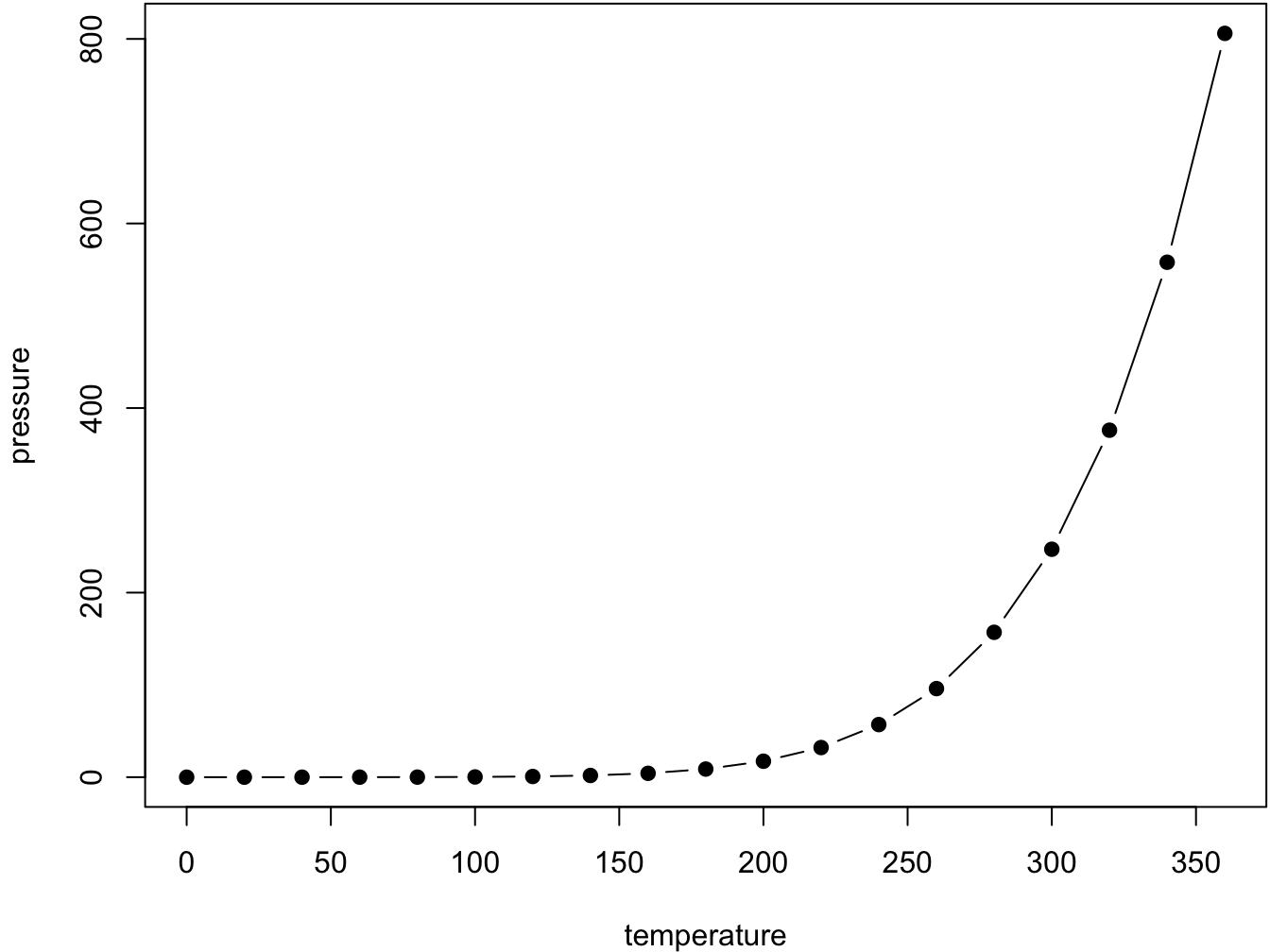Education among Children of the Migrant Workers
March – June 2016
Chapter 1 Introduction
INTRODUCTION
Every child has a right to have access to school and help themselves develop into better human beings and contribute to the society. The Govt. of India of India came up with the Right to Compulsory and Free Education Act in the year 2010, which ensures that children in the age group 6-14 years have universal access to free and compulsory education. However even after the Act was put into force, there were many challenges, which were being faced. The issue was not just about the primary school but from the starting point itself there is a huge challenge. The children who are of the age to attend pre-school are not attending it, which further creates the problem. According to Berlinski et al., 2009 ‘Access to good quality pre-primary school has an enormous impact on a child’s primary education outcomes with effects often lasting into later life.’
According to The National Sample Survey of Out of School children in the age 6-13 years in the year 2014 , there were 6.041 million which accounts to 2.79% of children in the age group which who are not enrolled in school in which case 3.13% are from rural areas and 2.54% are from urban areas. Furthermore, a higher proportion of girls are out of school than boys, which is 3.23% and 2.77% respectively. The figures show that the vulnerability of the children coming from rural area’s especially if it’s a girl child are at its peak, not rejecting the fact that the children out of school whether it be urban or rural, male or female are vulnerable. Similarly, the children of Construction workers who have migrated to various states with their parents, who are in search of work are in a very vulnerable situation. They live their native place and in search of work, they migrate to various neighbouring place for their work. It was noted that migration among these construction workers did not just happen interstate but also it was intra state. Migration from one site to another, from one corner of the city to another hampered the education of the child the most because the child was unable to study at any of the nearby government school, as their stay was so uncertain. Furthermore, lack of interest by the parents, lack of intervention by the Govt. and Ngo’s, financial issues and also that these children were looked down upon by the peers and the school staff’s made it seemingly impossible for them to continue their education.
The paper gives us an understanding and insight about the challenges and concerns related to educating children of construction workers, bring out challenges and concerns related to educating migrating children. It assesses the effectiveness of school, NGOs and other support systems existing in the community in facilitating education among migrant children, determine factors contributing to the promotion of educational status of migrant children and also recommend measures and develop a technology-based model for ensuring education among migrant children
You can label chapter and section titles using {#label} after them, e.g., we can reference Chapter 1. If you do not manually label them, there will be automatic labels anyway, e.g., Chapter ??.
Figures and tables with captions will be placed in figure and table environments, respectively.

Figure 1.1: Here is a nice figure!
Reference a figure by its code chunk label with the fig: prefix, e.g., see Figure 1.1. Similarly, you can reference tables generated from knitr::kable(), e.g., see Table 1.1.
| Sepal.Length | Sepal.Width | Petal.Length | Petal.Width | Species |
|---|---|---|---|---|
| 5.1 | 3.5 | 1.4 | 0.2 | setosa |
| 4.9 | 3.0 | 1.4 | 0.2 | setosa |
| 4.7 | 3.2 | 1.3 | 0.2 | setosa |
| 4.6 | 3.1 | 1.5 | 0.2 | setosa |
| 5.0 | 3.6 | 1.4 | 0.2 | setosa |
| 5.4 | 3.9 | 1.7 | 0.4 | setosa |
| 4.6 | 3.4 | 1.4 | 0.3 | setosa |
| 5.0 | 3.4 | 1.5 | 0.2 | setosa |
| 4.4 | 2.9 | 1.4 | 0.2 | setosa |
| 4.9 | 3.1 | 1.5 | 0.1 | setosa |
| 5.4 | 3.7 | 1.5 | 0.2 | setosa |
| 4.8 | 3.4 | 1.6 | 0.2 | setosa |
| 4.8 | 3.0 | 1.4 | 0.1 | setosa |
| 4.3 | 3.0 | 1.1 | 0.1 | setosa |
| 5.8 | 4.0 | 1.2 | 0.2 | setosa |
| 5.7 | 4.4 | 1.5 | 0.4 | setosa |
| 5.4 | 3.9 | 1.3 | 0.4 | setosa |
| 5.1 | 3.5 | 1.4 | 0.3 | setosa |
| 5.7 | 3.8 | 1.7 | 0.3 | setosa |
| 5.1 | 3.8 | 1.5 | 0.3 | setosa |
- Berlinski, S Galiani, P Gertler - Journal of Public Economics, 2009
- http://www.educationforallinindia.com/ssa
#You can write citations, too. For example, we are using the bookdown package #(Xie 2021) in this sample book, which was built on top of R Markdown and knitr #(Xie 2015).
References
Xie, Yihui. 2015. Dynamic Documents with R and Knitr. 2nd ed. Boca Raton, Florida: Chapman; Hall/CRC. http://yihui.name/knitr/.
Xie, Yihui. 2021. Bookdown: Authoring Books and Technical Documents with R Markdown. https://CRAN.R-project.org/package=bookdown.